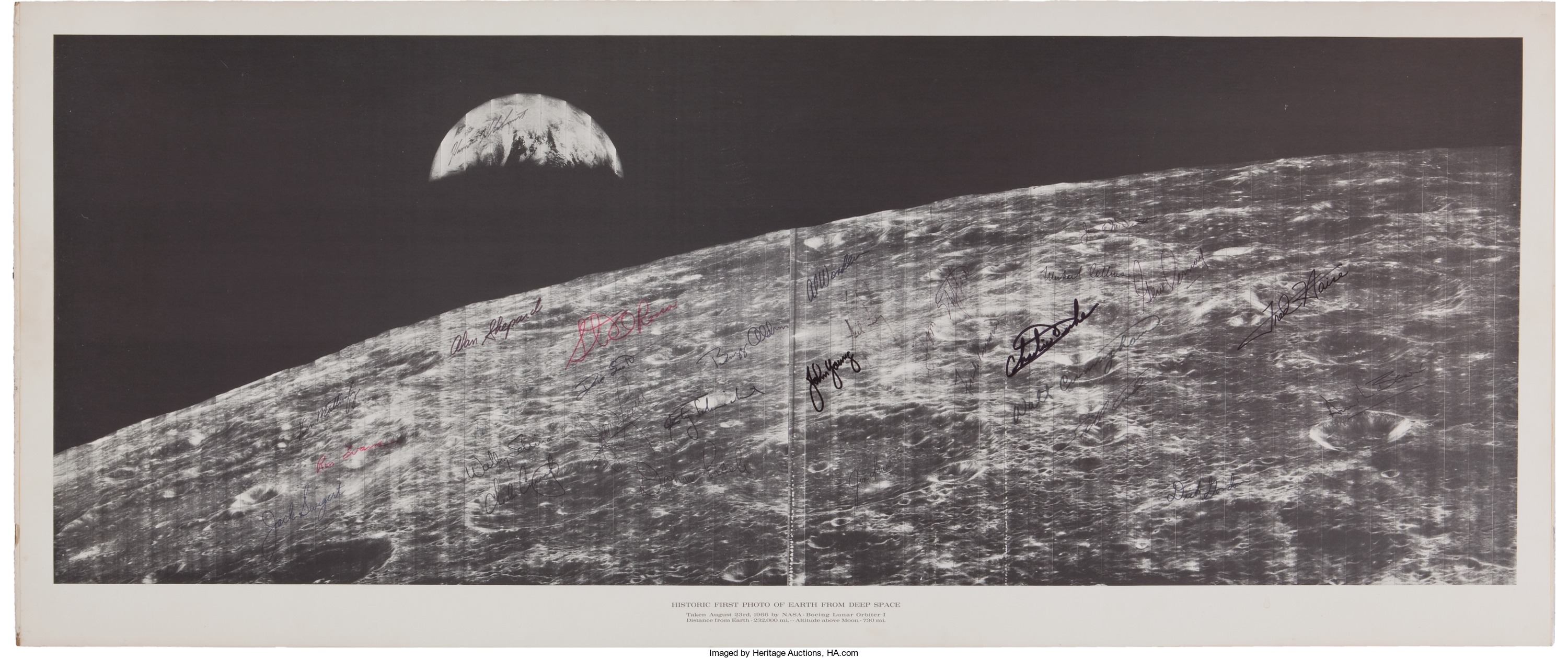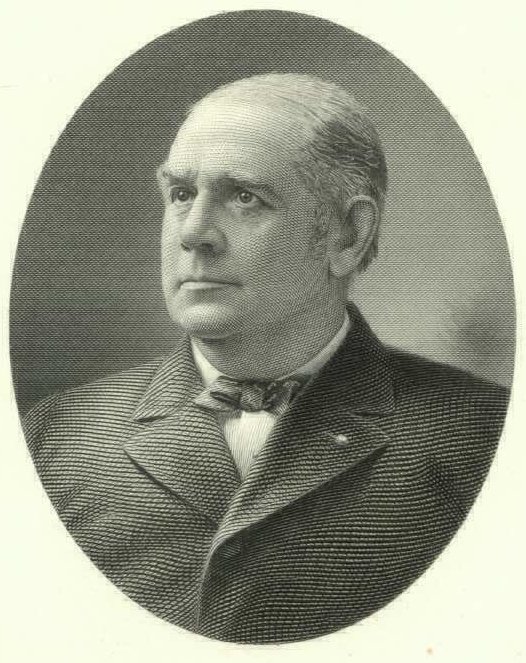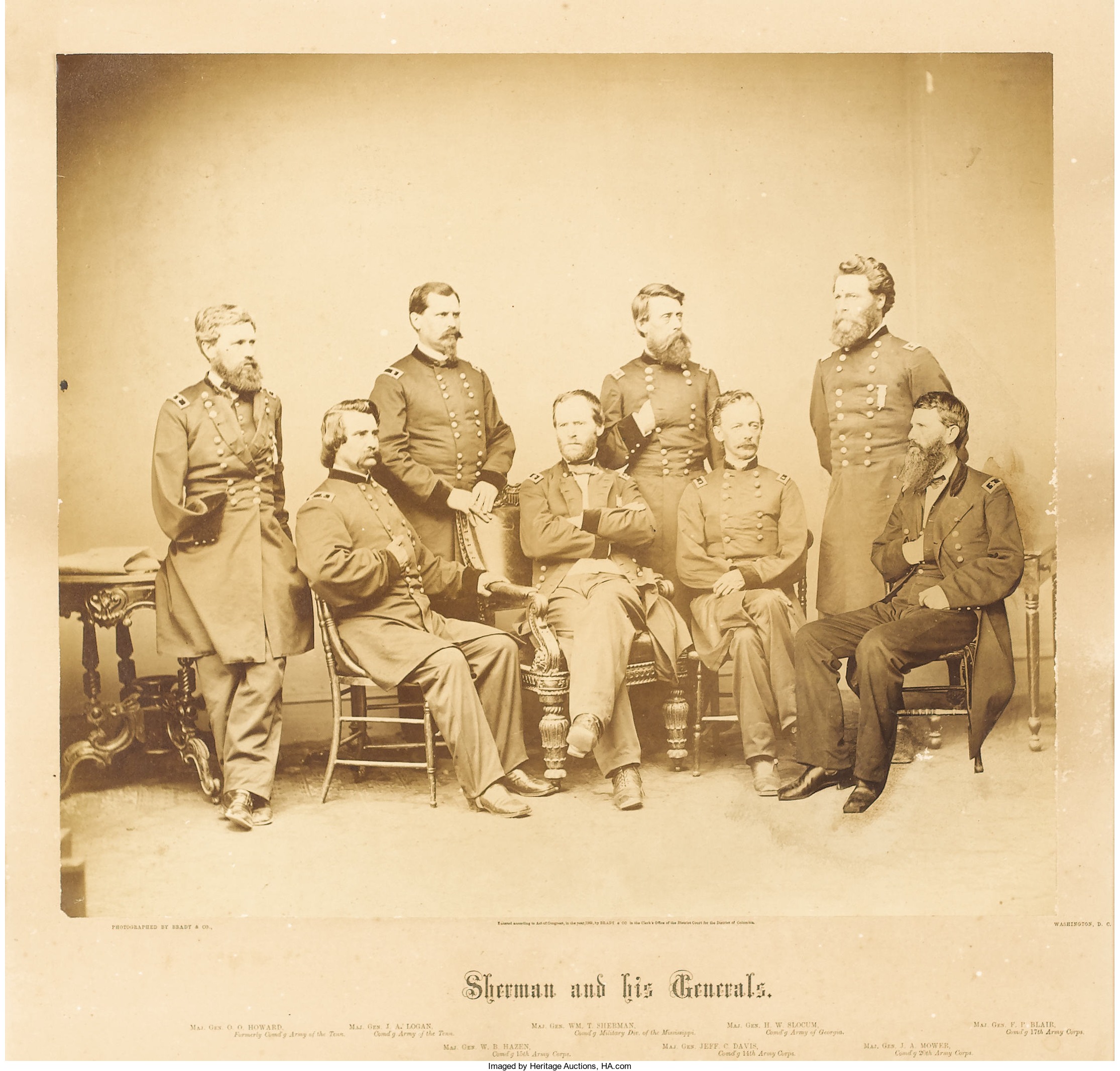
By Jim O’Neal
When it comes to naming military campaigns, few compare with “Desert Storm.” Besides its obvious evocations of sand-blown landscapes, the name could also work as the title of a pulp novel or B movie, even a video game. In early 1991, more than two dozen allied nations began an assault on Iraq in an attempt to drive its forces from neighboring Kuwait.
It was a classic military rout.
In just over 40 days of American air attacks, followed by fewer than 100 hours of ground fighting, thousands of high-tech bombs (precision-guided munitions) rained down on Iraqi positions. Enemy troops were driven back to Baghdad and into international humiliation.
For the United States, the war was the first since the debacle in Vietnam, and the American public entered into an anguished debate as President George H.W. Bush had pushed for congressional approval. Who could know if Iraq would become to the ’90s what Vietnam had been to the ’60s and ’70s?
Still, there was no denying these were different times. Among the allies standing with the U.S. against Saddam Hussein’s seizure of oil-rich Kuwaiti sands was the Soviet Union, the first instance since World War II in which Americans and Soviets fought on the same side. It also positioned the allied nations as a quasi-international police force stopping acts of raw aggression.
World War I had advanced combat into the sphere of mechanized warfare. World War II had taken technology even further and made civilians targets. Now, in Iraq, computer technology advanced both the tools and the strategy until it resembled science fiction. Beginning with the launch of a Tomahawk missile from the deck of the USS Wisconsin on Jan. 17, 1991, Baghdad became the site of one of the most devastating air raids in history.
There was now no doubt that warfare had entered a new epoch. With satellites mapping the globe it seemed possible war would soon become as simple as deleting a computer file – scanning a battlefield, identifying a target and systematically destroying it.
It was a clean war, precise and efficient, fought so fast it hardly demanded attention. There were few American losses (148 dead vs. 200,000 Iraqis) and undeniable results … Iraq out of Kuwait. Plus, we could tune in to CNN to get the latest update during an occasional coffee break.
The world was finally coming to its senses and if someone committed an act of aggression, it would only take a few coordinated responses to restore harmony. Finally, we could channel our energy and resources to eliminating disease, world hunger and a thorough cleansing of the air and oceans.
War was such a dumb idea. Why did it take us so long to recognize what a waste it was? The new millennium was impatiently waiting for us to get a fresh start.
Sigh.
 Intelligent Collector blogger JIM O’NEAL is an avid collector and history buff. He is President and CEO of Frito-Lay International [retired] and earlier served as Chairman and CEO of PepsiCo Restaurants International [KFC Pizza Hut and Taco Bell].
Intelligent Collector blogger JIM O’NEAL is an avid collector and history buff. He is President and CEO of Frito-Lay International [retired] and earlier served as Chairman and CEO of PepsiCo Restaurants International [KFC Pizza Hut and Taco Bell].












